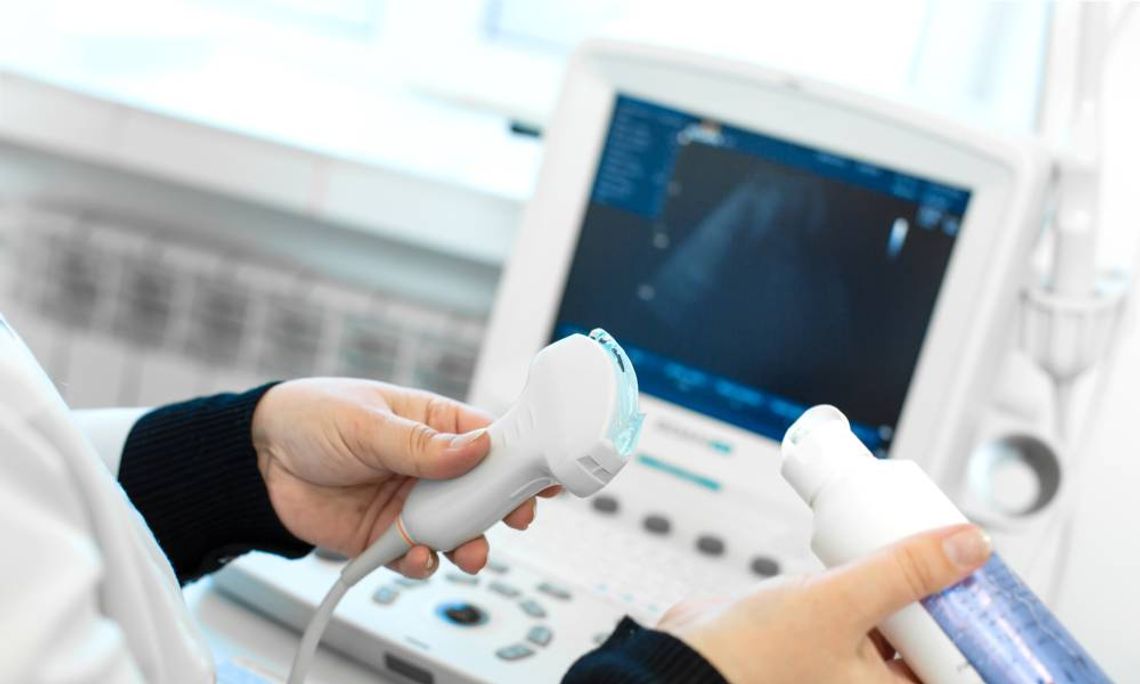Ultrasound imaging plays a vital role in modern healthcare, offering non-invasive insights into the human body in real-time. However, if you’ve noticed a dip in image quality lately, you’re not alone. Here’s why the ultrasound’s imagery quality has decreased.
Unprecedented Demand
The ultrasound machine could be seeing a higher demand. This surge means more wear and tear on the machines, more frequent use, and less downtime for maintenance. With ultrasound equipment in constant rotation, there’s less time for necessary upkeep, contributing to declining image quality. It’s important to schedule regular maintenance checks to keep these machines at peak performance.
Technology Aging
Like all technology, ultrasound machines become outdated. Older systems might not keep pace with newer advancements in imaging technology, leading to fuzzier images. Software updates may also lag, further complicating matters. If your machine feels like it’s lagging behind, it might be time to upgrade your ultrasound machine to maintain cutting-edge diagnostics.
Staffing and Training Issues
Ultrasound technology requires skilled operators to produce clear images. Unfortunately, staffing shortages and inadequate training can lead to human error, impacting the quality of results. Continuous professional development and training programs are essential to ensure staff are well-equipped to handle technology effectively.
Environmental Factors
The physical environment significantly affects ultrasound equipment performance. Temperature fluctuations, humidity, and even lighting can impact how these sensitive machines function. Regularly assess and adjust the environment where you use the equipment to ensure optimal operating conditions.
Strategies for Improvement
Improving ultrasound image quality requires a multi-faceted approach. Begin with scheduling routine maintenance to address any wear and tear. Invest in staff training programs to keep everyone up to speed with the latest technologies. Create a controlled environment for the machines that reduce outside interference. Evaluate whether it’s time to upgrade your ultrasound machine to the newest model available, as this can significantly enhance image clarity.
As you can see, there are several reasons why the ultrasound’s imagery has decreased. Maintaining top-notch ultrasound image quality demands ongoing attention and investment. Regular maintenance, training, and the occasional equipment upgrade are all integral for delivering accurate and reliable diagnostics. Staying proactive ensures that healthcare providers and patients benefit from the best medical imaging technology offers.


Comment
Comments